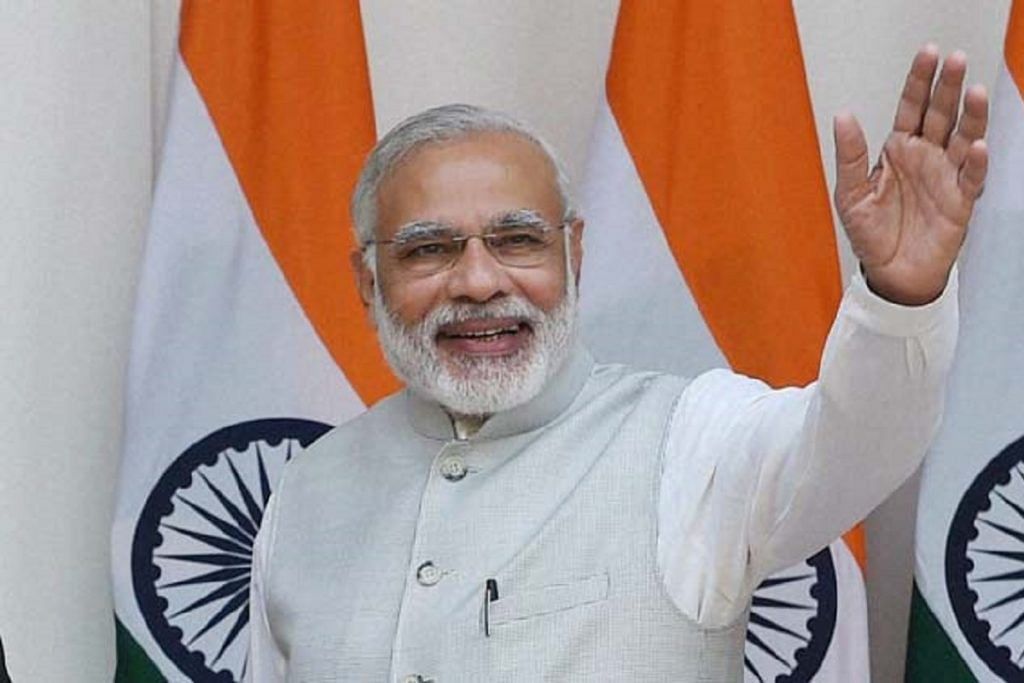It’s not a foregone conclusion who the next Prime Minister will be given there are plenty of voters who could ensure it isn’t Narendra Modi.
Till a few months ago, the answer was obvious. But now, as one does the electoral math, the choices open up. Let’s go through the various possibilities – each of which could happen, and each has distinct implications for India’s and our economic future. The number of seats the BJP gets in the next election will determine who becomes the next Prime Minister.
Scenario 1: BJP gets more than 230 seats
Narendra Modi will continue as Prime Minister because with existing allies, NDA will have a majority. Even though there are noises from some of its alliance partners, they will all fall in line before the election. The PM’s clout over the coalition partners will be largely determined by how close BJP gets to its 2014 figure of 282. BJP has to make the next election close to a wave election if it has to ensure a repeat of the 2014 mandate.
Scenario 2: BJP gets 200-230 seats
In this scenario, there will probably be a leadership tussle within the BJP and the next PM could be a person other than Modi. This will primarily happen because many of the regional parties outside of the NDA whose support will be required for forming a government will perhaps want a new leader since (a) they will want greater control of the ministries they run, and (b) they will want to show their own voters that they could not possibly be fighting with a Modi-led BJP and support him at the same time. It would be devastating for them politically.
This is similar to the 2009 scenario in reverse. In 2009, Congress had got 206 seats and put together a coalition government with many regional parties.
Scenario 3: BJP gets less than 200 and Congress leads a coalition government
In this scenario, Rahul Gandhi will be the next Prime Minister. Since BJP + Congress tend to get about 330 seats in total, BJP less than 200 will mean Congress closer to 130. This is somewhat like the 2004 scenario, where Congress had got 145 seats and formed the UPA with a multitude of smaller parties. BJP will find it very hard to get the necessary numbers because it is the dominant party in India and it will need the support of too many regional parties which is unlikely to happen. The key determinants here will be Tamil Nadu and West Bengal, and the post-election decisions made by DMK and TMC, which will each have about 30-35 seats and thus a formidable aggregate of 60-70 seats between them.
Scenario 4: BJP gets less than 200 and Congress is unable to form a coalition government
This will take us to 1996, and it is anyone’s chair for a few years. In 1996, regional parties refused to support the BJP which had emerged as the largest party. If the regional parties decline to support either of the two large national parties to lead a coalition government, they will need to decide if 15-20 of them can come together and lead a coalition with outside support from BJP or Congress.
***
In 2009, there was talk of Congress governing forever as the BJP tally had slid to 116 seats. In 2014, there was similar talk of the BJP governing forever with the Congress at 44 seats. What recent surveys have shown is that there is general dissatisfaction among enough number of people to open the next election. It is still the BJP’s game to lose – but anti-incumbency has been at the heart of Indian voting patterns.
Scenario 5: A national youth movement opens up the leadership game completely
A fifth interesting option can open up if a new national movement led by the youth wanting rapid change comes to life. What Indian voters need is a new set of ideas. With a restless young population wanting new opportunities, a faster track to prosperity and speedier improvements in governance, conventional policy actions will not satisfy the aspirations of voters in India. These are perhaps the ideal conditions for a startup to disrupt the political landscape. WhatsApp and Facebook now have a reach of more than half the Indian voters and at least one person in every family. If they reach the conclusion that none of the main political parties are likely to meet their rising expectations, then new ideas, memes and leaders can spread rapidly.
How does India vote?
For further evidence, see how the 100 crore voters in India stack up. About a third are diehard supporters of the various parties – 17 crore for BJP, 8 crore for Congress and 8 crore for various regional parties. A third – about 33 crore – are not going out to vote. What if something can persuade them to go and vote? They are not loyalists of any existing party. The rest of the voters – again, about a third (33 crore) – are either undecided or tend to vote for smaller parties and independent candidates with no hope of winning.
These 67 crore unaligned voters hold the key to the next election. They are 4 times the support base of the BJP and 8 times that of the Congress.
This is why I believe that the next election is much more open than anyone thinks.
